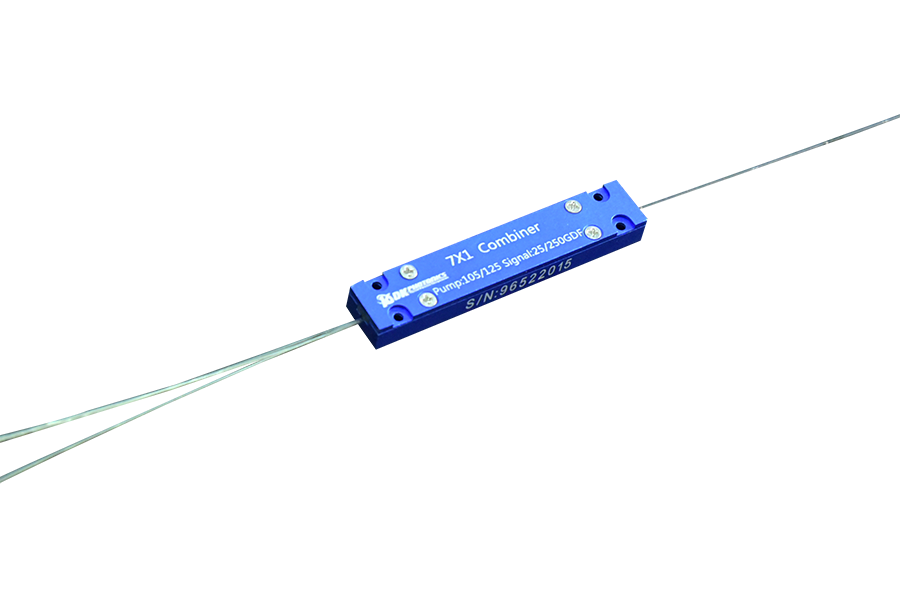Pump and signal combiners are devices used to combine an optical pump laser with a data or communication signal on a single fiber. This has several important purposes – it saves fiber infrastructure by allowing two signals to use one fiber pathway; it boosts the power of the data signal by using the pump laser’s higher power; and it simplifies system layouts by reducing the needed routing and fibers.
In essence, pump and signal combiners enable more efficient and compact optical systems.
Applications and Use Cases
Before we see how to get the most out of Pump and Signal Combiners, let’s have a look at some examples of where they are valuable:
Submarine Cable Systems: Combiners allow pump lasers to continuously boost communications signals across vast ocean distances in compact underwater hardware modules.
Lab Experiments: Researchers conducting photonics experiments often need to combine various laser pump sources and data signals. This supports quick optical bench testing iterations.
Key Benefits of Using Pump and Signal Combiners
Pump and signal combiners provide several major benefits, as shared below:
Fiber Infrastructure Savings: Pump and signal combiners allow a single fiber to be used for both a data signal and a pump laser, removing the need for separate fibers. This saves on needs for hardware as well as system cabling and routing pathways.
Signal Boosting: With the help of the pump, laser, and signal combiners, data signals can be made more powerful and reliable, especially when sent over long distances. This removes the need for additional inline amplifiers.
Simplified System Layouts: By combining functionality in a single, integrated unit, system designers can significantly reduce optical layouts. This helps in quick and reliable installations.
Considerations for Proper Set-Up and Installation
To maximize the advantages of pump and signal combiners, they must be set up and installed properly:
Verify Wavelength Isolation/Separation: Pump lasers usually operate at 980nm or 1480 nm, while signals are often at shorter wavelengths. This ensures enough distance and prevents crosstalk.
Use Proper Fiber Type and Component Ratings: Check the combiner and fiber specifications for application suitability. Using matching parts avoids damage.
Follow Isolation Specifications: Combiners provide optical isolation between the pump and signal. To avoid stray light noise disruption during operation, comply with the guidelines.
Optimizing Throughput and Signal Integrity
After installation, users can further optimize their systems by:
Actively Monitoring Power Fluctuations: Changes in pump laser power output or data signal strength should be tracked to help ensure stability and detect any drops in performance over time.
Using Signal Boosting Amplifiers: If needed, use a booster amplifier for marginal input data signals before combining them to maximize throughput integrity.
By allowing two optical sources to share networks over potentially thousands of kilometers, pump and signal combiners showcase the impressive capabilities of photonics technology. Engineers should take care to properly design systems around them to access their full signal expansion capacities. When set up thoughtfully, these pump and signal combiners can greatly enhance optical systems.


Leave A Comment